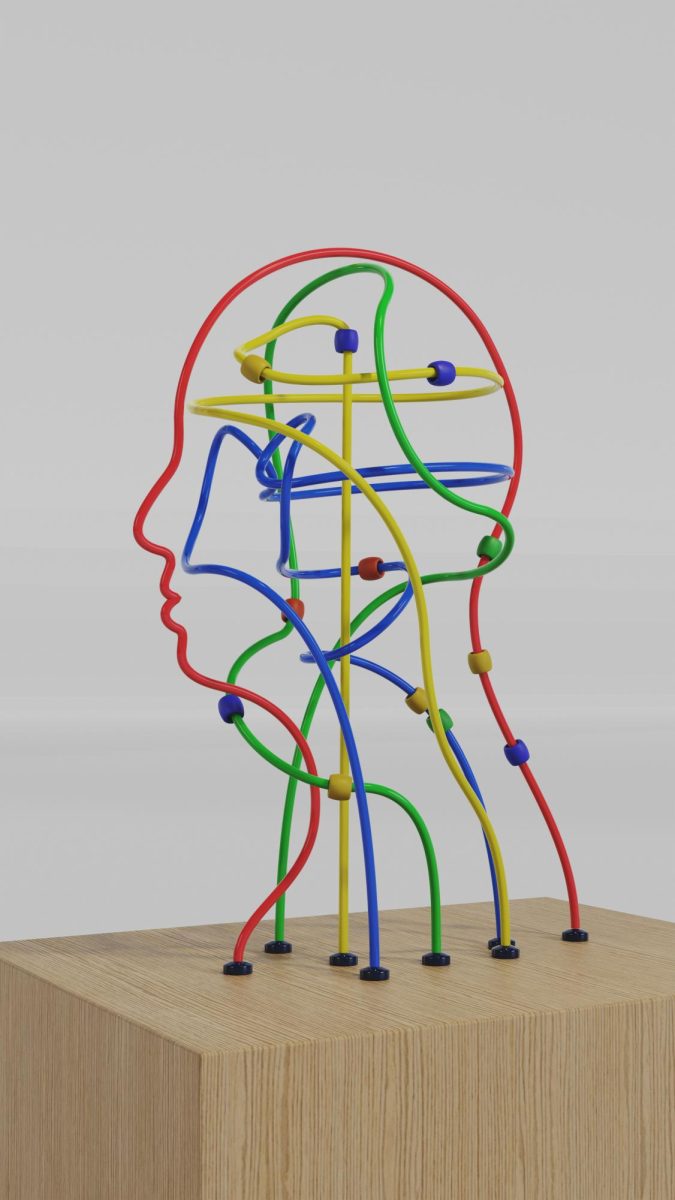Drugs and Homelessness
On any given day, drivers on OR 213 might see someone walking on the shoulder of this busy highway. They might have a shopping cart with them or camping supplies.
As one drives further along they may notice trails leading down into the ravines on either side of the highway. And they might even see the person on foot dip down into the woods.
There are communities of homeless people living in these ravines. And because this is also Oregon, there are also, most likely, drugs being used in these communities.
The access to drugs and the lack of consequences in Oregon is leading to easy addiction.
Most of the time people associate homelessness and housing problems with the use of drugs. But in many cases it’s the opposite, people will turn to drugs as a result of losing housing.
“A lot of people turned to drugs after losing housing,” said Jo Weaver, a professor at University of Oregon, with a degree in Anthropology and a PhD in Public Health.
Hooper Detox Center
Sarah Spofford who is the Operation Director for Central City Concern (CCC) at Hooper Detox in Portland had many things to say regarding this problem in the community. Hooper has 55 beds for patients looking to detox, most are actively using or intoxicated when they arrive.
“The drug supply has really changed,” Spofford said. “Fentanyl is in all drugs.”
CCC works to get people into rehab and then further into finding opportunities for permanent housing. They help about 3,000 people per year, and those that come for care are “coming because they are self present to care.”
According to Spofford, Hooper is almost always full with 85% bed utilization. The people that show up on their own, only 35% come a second day, and less than 1% will show up the following day. Ones that show up the second or third day also get priority. The detox process only takes about five days, and withdrawal about three. With the newer increase of fentanyl it has “made the suffering so much worse,” Spofford said.
Mental Health vs. Drugs
Mental health also plays a big role in homelessness. Not all of it is because of drugs.
In methamphetamines there has been an uptake in acute psychiatric needs, leading to an increase in psychosis. That leads to not only more medical care but psychiatric care as well.
A place that has been primarily for detox (CCC), “has been more so for psychiatric and medical needs,” Spofford said.
Tara Dado- who used to be homeless and now works for Greater Good Northwest- had suffered from problems at home that led her to leave. This is just one example of how the mental health side plays an effect.
Once she left, she had nowhere to go, so she turned to the streets. There, she drank a lot and smoked a lot of marijuana. She never once turned to hard drugs.
Although she did not turn to hard street drugs, she witnessed several overdoses and people getting high and day drunk all the time. That is when she decided to make a change for herself.
Although Dado did not suffer from any violent attacks, that’s not necessarily the case for everyone. “Some use substances to help them stay awake at night in fear of attacks,” said Jo Weaver, Associate Professor and Director of the Global Health Program at University of Oregon. Others use it to cope.
At Greater Good Northwest, Dado says from working there, “it is important to know the difference between a mental health crisis and a drug addiction”. Being able to know the difference between the two can allow others to get the appropriate help they need.
Dado tells her patients, “if I can get housing, then you can get housing. Just put one foot in front of the other.”
Increase in Housing
In a 2023 federal homeless count, Oregon has the third highest homeless rate in the nation, explaining how affordable housing is a significant factor contributing to homelessness. During the pandemic, the homeless population in Oregon increased 23%, and another 12% from 2022 to 2023.
Weaver said in regards to the high increase in homelessness, “Low housing stock and increase of housing cost causes more homelessness.”
On the National Alliance to End Homelessness website, they explain how Housing First works.
Housing First is a homeless assistance approach that provides permanent housing to people experiencing homelessness, ending their homelessness and serving as a platform from which they can improve their quality of life.
From Portland State University, Homelessness Research and Action Collaborative website, Housing First is an approach to quickly and successfully connect people experiencing homelessness to permanent housing without preconditions or barriers.
Measure 110 and how its affected housing
In 2021, Measure 110 was passed, and decriminalized most unlawful possession of a controlled substance (PCS) offenses.
This included allowing a person to obtain a treatment, get a screening or treatment contact within 45 days of the citation, provide proof to the court and be discharged from their charges.
In an article by The Oregonian, it states that drug addiction is not something that is recent, but the decriminalization of possession is. Ontario Mayor, Deborah Folden, said in regards to the passing of Measure 110, “It’s hurting us, drug use has just really, really increased. There’s a lot more homeless people that are living here, too.”
It is said that the measure has contributed to addiction, and made it harder to get a handle on homelessness. “Measure 110 didn’t spike homelessness,” Weaver said, “the measure was an experiment to divert tax money to housing.”
The increase in homelessness is “not necessarily because of Measure 110,” said Deputy Donnie McCafferty. COVID-19 played a big role in the increase of homelessness in our community.
Police officers are having a hard time doing their job because they cannot arrest people who shoot up with user amounts, and even if they could, there are not many treatment centers to send them to. This leads to an increase in property crimes and theft.
In Multnomah County, the number of overdoses and poisonings has increased about 577 people from 2020-2023.
According to state statistics, fatal overdoses and poisonings doubled in the county from 2020 to 2022.
What is Narcan?
Narcan is a medicine that can reverse an opioid overdose rapidly. Narcan can be accessed over the counter, and is now making its way into schools. Police officers are carrying Narcan around at all times.
It is important for people to know how to use Narcan. The package has instructions that are clear. Most use nasal administration, just a spray in the nose. There is injection administration for some types, but nasal is most common.
Deputy McCafferty emphasized the importance of Narcan. Not only is it important to help a person during an overdose, they are now having to use it to stop overdoses of their K-9 (dogs) officers who come in contact with opioids during a call or inside the jail.
What are the next steps?
Oregon must work to provide more housing and recovery assistance, whether it’s more affordable living, an increase in shelters or recovery centers, or more education surrounding narcan and identification of overdoses.
At CCC, Spofford is currently working to “open up our own residential facility with 74 beds”. The payback for opening residential facilities is going to be low but it could help people get off the streets and start a better life.
There are also ways the community can help. There is a need for volunteers at local shelters, and support at recovery centers. As well as community members being educated about narcan and its important role.
There are many positive things to look forward to in the near future about making housing more affordable.







